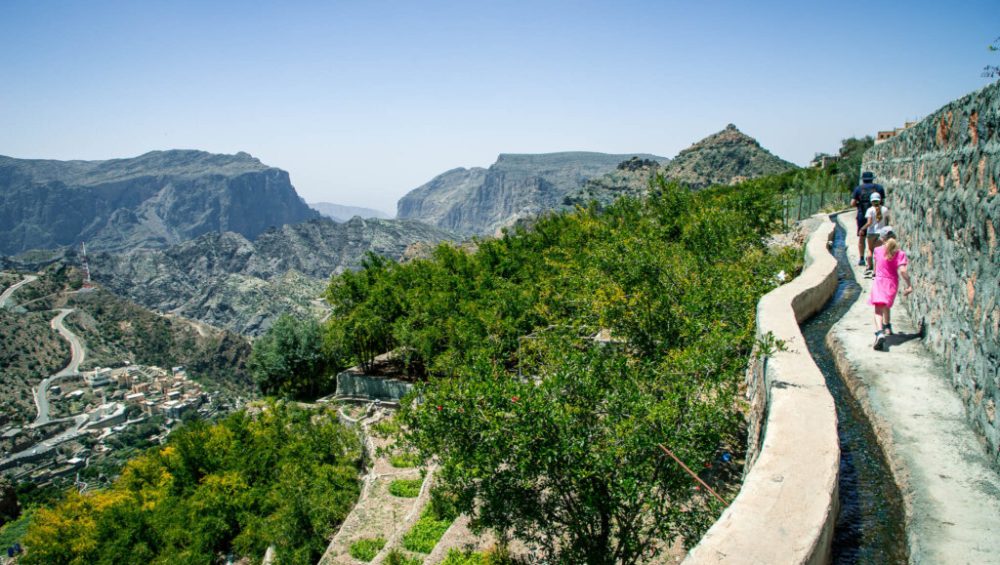Exploring the Historical Town and the Stunning Green Mountain
Jebel Akhdar and Nizwa
35 OMR per person
Travel
Explor Jebel Akhdar Nizwa Historical Town and the Stunning Green Mountain
Oman, a land of breathtaking landscapes and rich heritage, is home to two extraordinary destinations that encapsulate the country’s unique charm: the historical town of Nizwa and the verdant expanse of Jebel Akhdar. These gems of Oman offer an unparalleled combination of cultural depth and natural splendor, drawing travelers from around the globe.
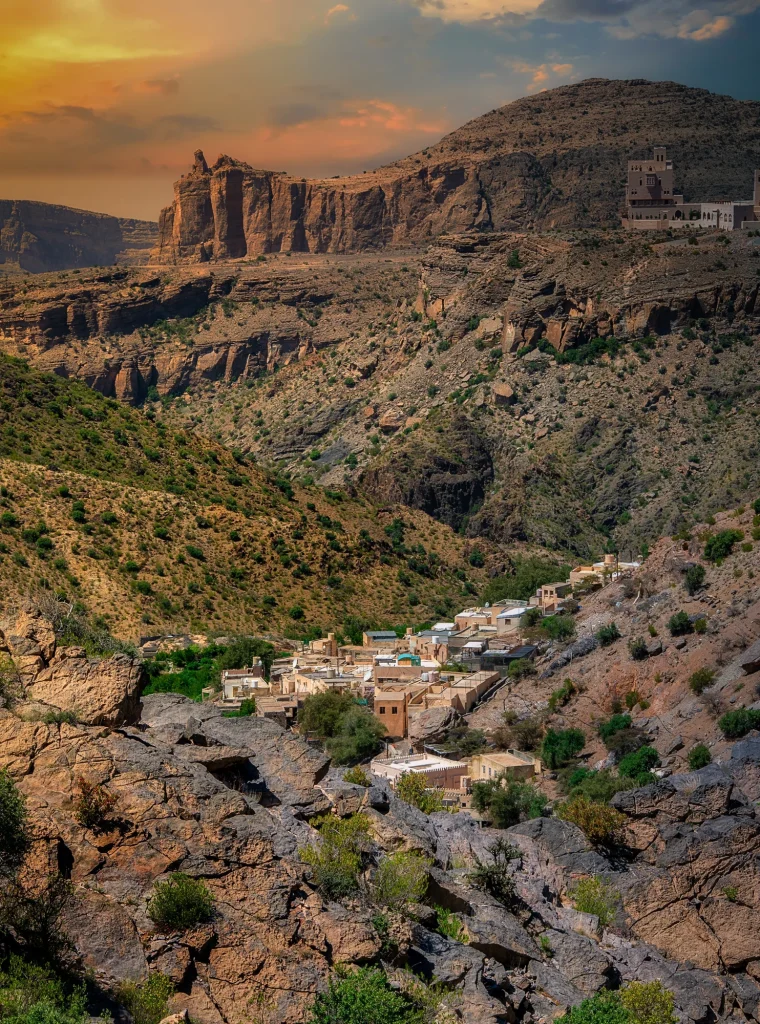
Discover the hidden treasures of Oman in the breathtaking Jebel Akhdar mountains.
Known affectionately as the “Green Mountain,” Jebel Akhdar is a stunning region in Oman famed for its towering plateaus and rugged rock formations. This dramatic landscape is part of the Saiq Plateau, which soars 2,000 meters above sea level, offering cool, refreshing breezes and a scenic retreat for explorers.
Jebel Akhdar is no ordinary mountain range. Thanks to its unique climate, the area boasts higher humidity levels, making it a haven for springtime blooms. Vibrant Damask roses and an abundance of fresh fruits flourish here, creating a natural paradise for visitors.
For adventure enthusiasts and nature lovers, Jebel Akhdar offers hiking trails with spectacular views. One highlight is Diana’s Viewpoint, named after Princess Diana’s visit in 1986. This vantage point showcases one of Oman’s most magnificent panoramas: below lies a picturesque village with terraced homes, while winding roads weave through dramatic slopes and valleys.
Despite its remote and serene atmosphere, the Jebel Akhdar mountains are dotted with charming villages and luxurious Oman hotels and resorts, offering comfort amid the wilderness. From these tranquil retreats, you can set out to explore villages renowned for their rose gardens and distinctive mud-brick houses. Discover natural caves and marvel at geological wonders, including ancient fossils.
Immerse yourself in the fresh mountain air, connect with Oman’s awe-inspiring wilderness, and uncover the enchanting secrets of Jebel Akhdar.
Exploring the Historical Town and the Stunning Green Mountf breathtaking landscapes and rich heritage, is home to two extraordinary destinations that encapsulate the country’s unique charm: the historical town of Nizwa and the verdant expanse of Jebel Akhdar. These gems of Oman offer an unparalleled combination of cultural depth and natural splendor, drawing travelers from around the globe.
Nizwa: A Glimpse into Oman’s Historical Soul
Nizwa, often referred to as the “Pearl of Islam,” holds a special place in Oman’s history. Located at the crossroads of ancient trade routes, this town served as the capital of Oman during the early Islamic era. Today, Nizwa continues to thrive as a cultural and economic hub, preserving its historical essence while embracing modernity.
The Iconic Nizwa Fort
At the heart of Nizwa stands its most prominent landmark: the Nizwa Fort. Built in the 17th century by Imam Sultan bin Saif Al Ya’arubi, the fort is a testament to Omani architectural ingenuity. The massive circular tower, rising 34 meters high, offers panoramic views of the surrounding oasis and Hajar Mountains. Visitors can explore the fort’s labyrinth of rooms, passages, and staircases, which once housed a thriving community and served as a stronghold against invaders.
The fort’s museum provides insights into Oman’s rich history, showcasing artifacts, traditional weapons, and exhibits on Omani culture. The ingenious design of the fort also reflects the strategic thinking of its builders. For instance, the fort’s entrance features multiple heavy doors and a series of traps to deter invaders, highlighting its defensive capabilities.
Climbing to the top of the tower reveals stunning vistas, where visitors can take in the sprawling date palm plantations and the rugged Hajar Mountains. This vantage point also offers a better appreciation of how the fort served as both a military bastion and a seat of governance.
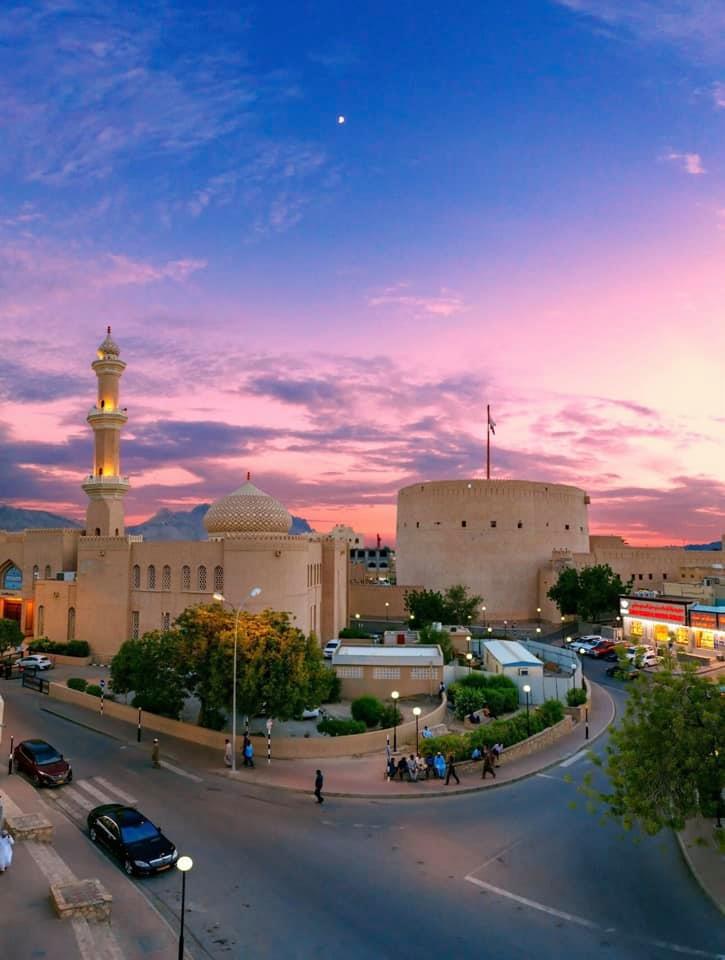
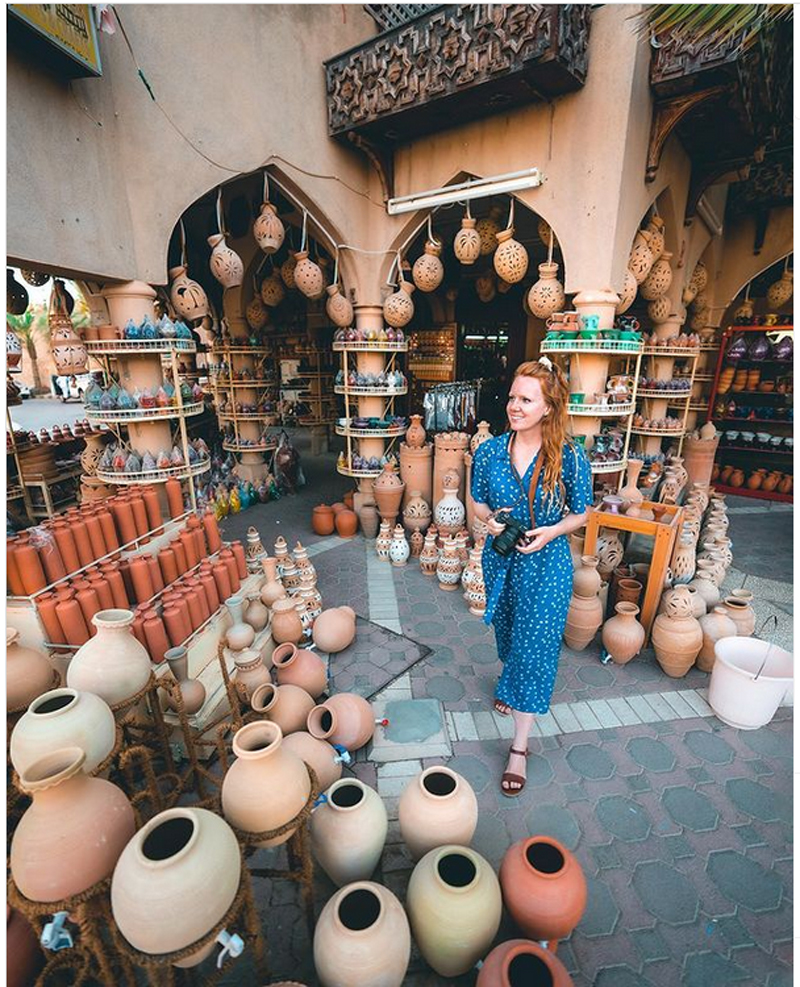
Nizwa Souq: A Marketplace of Tradition
Adjacent to the fort lies the bustling Nizwa Souq, a vibrant marketplace that epitomizes Omani traditions. The souq is renowned for its intricately crafted silver jewelry, particularly the khanjar (Omani dagger), which is a symbol of Omani heritage. Artisans meticulously handcraft these daggers, often taking weeks to complete a single piece.
Visitors can also find pottery, textiles, spices, and fresh produce, including dates—a staple of Omani cuisine. The souq’s alleys are filled with the aromatic scent of frankincense and dried limes, creating an enchanting sensory experience. Local merchants often engage in friendly bargaining, adding a lively, interactive element to shopping.
Every Friday, the souq comes alive with the weekly livestock market. Farmers from surrounding villages gather to trade goats, sheep, and cattle, creating a lively spectacle that offers a glimpse into rural Omani life. The auction-like atmosphere, where animals are paraded and bids are called, is a unique experience for visitors seeking authenticity.
Religious and Educational Significance
Nizwa is also known for its religious significance, being one of Oman’s oldest centers of Islamic scholarship. The town is home to the historic Nizwa Grand Mosque, which has stood for centuries as a beacon of learning and spirituality. While the current mosque is a modern structure, it continues the legacy of its predecessors, hosting religious gatherings and serving as a center of community life.
In addition to its mosques, Nizwa boasts a rich tradition of education. Historically, it was a hub for Islamic jurisprudence and theology, attracting scholars from across the Arabian Peninsula. Today, the town’s intellectual legacy is preserved through its libraries and cultural institutions.
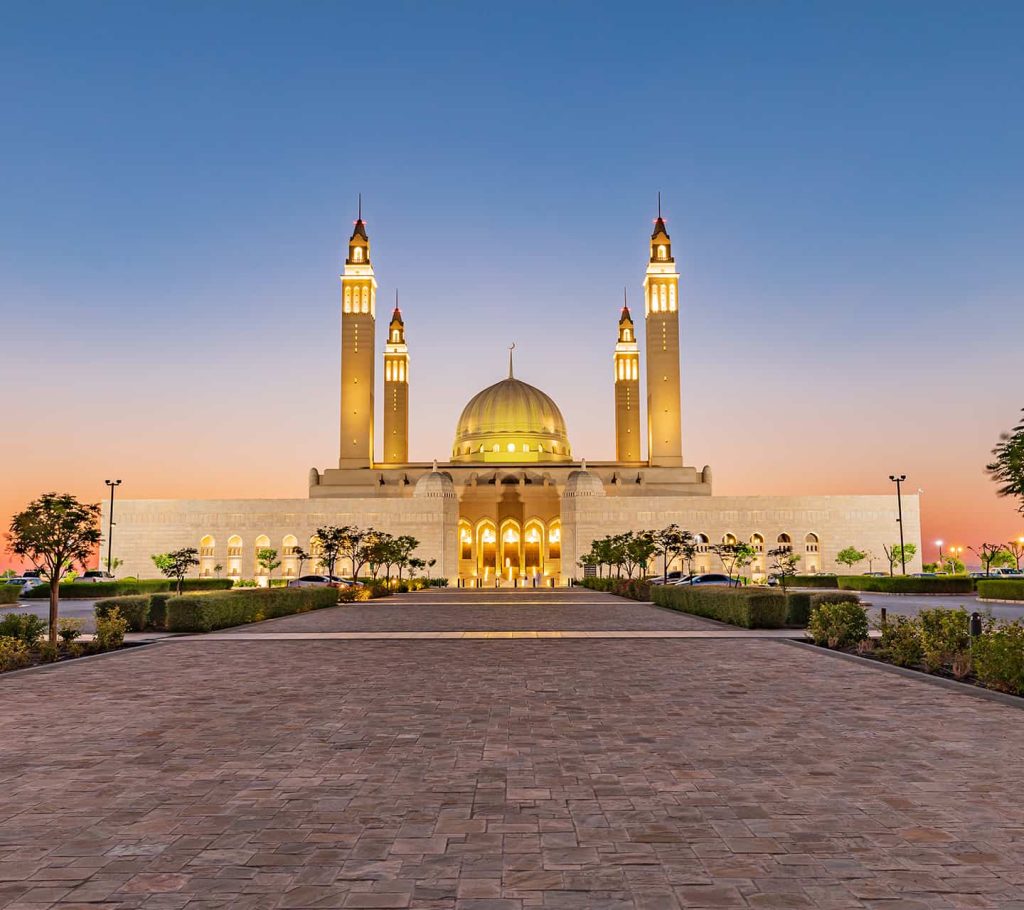
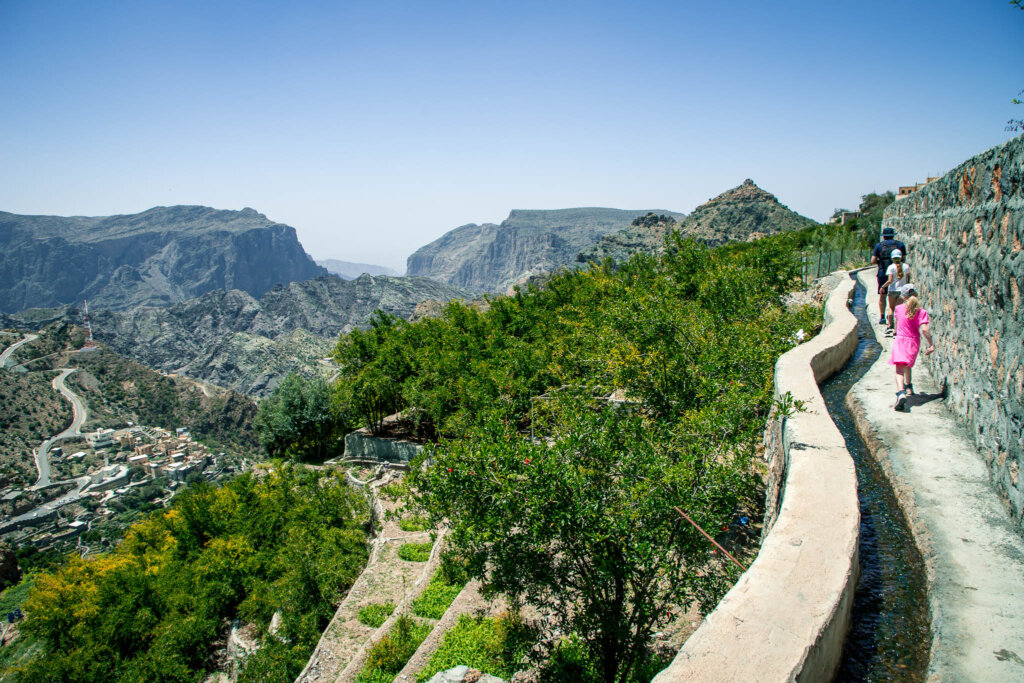
Jebel Akhdar: The Green Jewel of Oman
A short drive from Nizwa leads to Jebel Akhdar, or “The Green Mountain,” a part of the Hajar Mountain range. Rising to an elevation of over 2,000 meters, Jebel Akhdar is a stark contrast to Oman’s arid deserts, boasting terraced farms, lush orchards, and a cool climate that offers respite from the scorching heat of the lowlands.
The Journey to Jebel Akhdar
Accessing Jebel Akhdar requires a 4WD vehicle due to the steep and winding roads. The journey itself is an adventure, with dramatic views of rugged cliffs and deep canyons. The ascent is marked by strategically placed viewpoints, where travelers can stop to marvel at the expansive vistas. The mountain’s cooler temperatures and refreshing breezes are immediately noticeable, making it a popular retreat during the hot summer months.
Agricultural Marvels and Terraced Farming
Jebel Akhdar is famed for its terraced farms, which are ingeniously built into the mountain slopes. These terraces support the cultivation of pomegranates, apricots, peaches, and walnuts, among other crops. The mountain is particularly renowned for its roses, which bloom in abundance during spring. The petals are harvested to produce rose water, a prized commodity used in Omani cuisine, cosmetics, and traditional medicine.
The rose water distillation process is a fascinating tradition that has been passed down through generations. Using copper stills and firewood, locals carefully extract the essence of the petals over several hours. Visitors can witness this process and even purchase freshly distilled rose water as a unique souvenir.
Walking through the villages of Al Ayn and Al Aqur offers a closer look at this agricultural heritage. These villages are built around the ancient falaj irrigation system, which channels water from mountain springs to the terraced fields. This system, a UNESCO World Heritage feature, reflects the ingenuity of Oman’s early settlers and their harmonious relationship with nature.
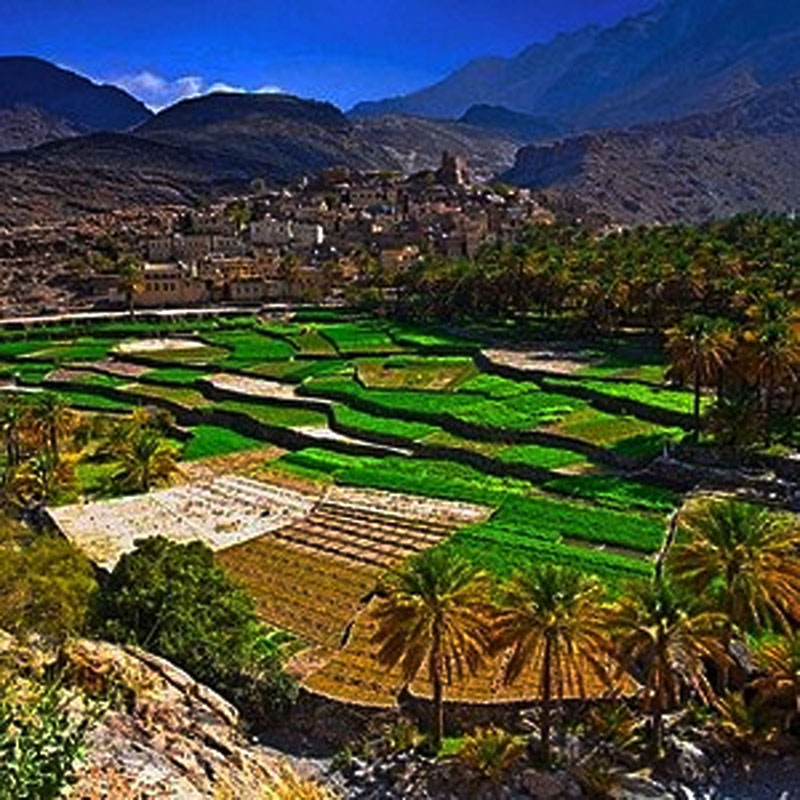

Hiking and Adventure
For nature enthusiasts, Jebel Akhdar offers a range of hiking trails that cater to various skill levels. The “Village Walk” is a popular route, connecting traditional villages and offering breathtaking views of the terraced fields and dramatic canyons. The “Diana’s Point” viewpoint, named after Princess Diana’s visit in 1986, provides a stunning panorama of the mountain’s rugged beauty.
More adventurous visitors can explore the Wadi Bani Habib trail, which leads to an abandoned village nestled in a canyon. The trail winds through orchards and ancient stone houses, offering a glimpse into the region’s history and a serene escape into nature. For seasoned hikers, the “Jebel Akhdar Summit Trail” offers a challenging yet rewarding experience, culminating in breathtaking views from the mountain’s highest peaks.
Cultural Insights
Despite its remote location, Jebel Akhdar is home to vibrant communities that have preserved their traditional way of life. Visitors can interact with locals and learn about their customs, including the art of rose water distillation, traditional cooking techniques, and even storytelling. Folktales and songs passed down through generations provide a rich tapestry of the mountain’s cultural heritage.
The mountain’s hospitality and warmth leave a lasting impression on those who venture into its heart. Many locals are eager to share their knowledge of the land, offering insights into the medicinal uses of native plants and the history of the villages.
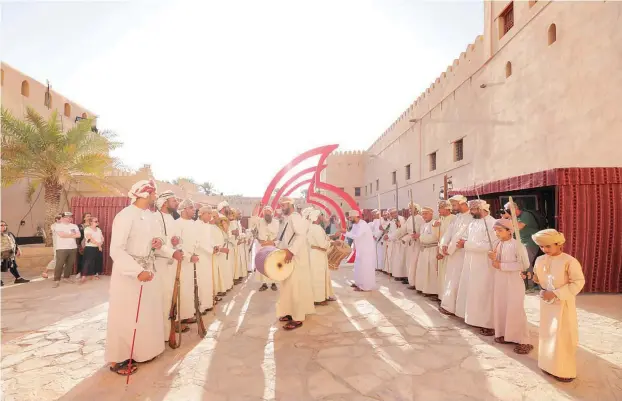
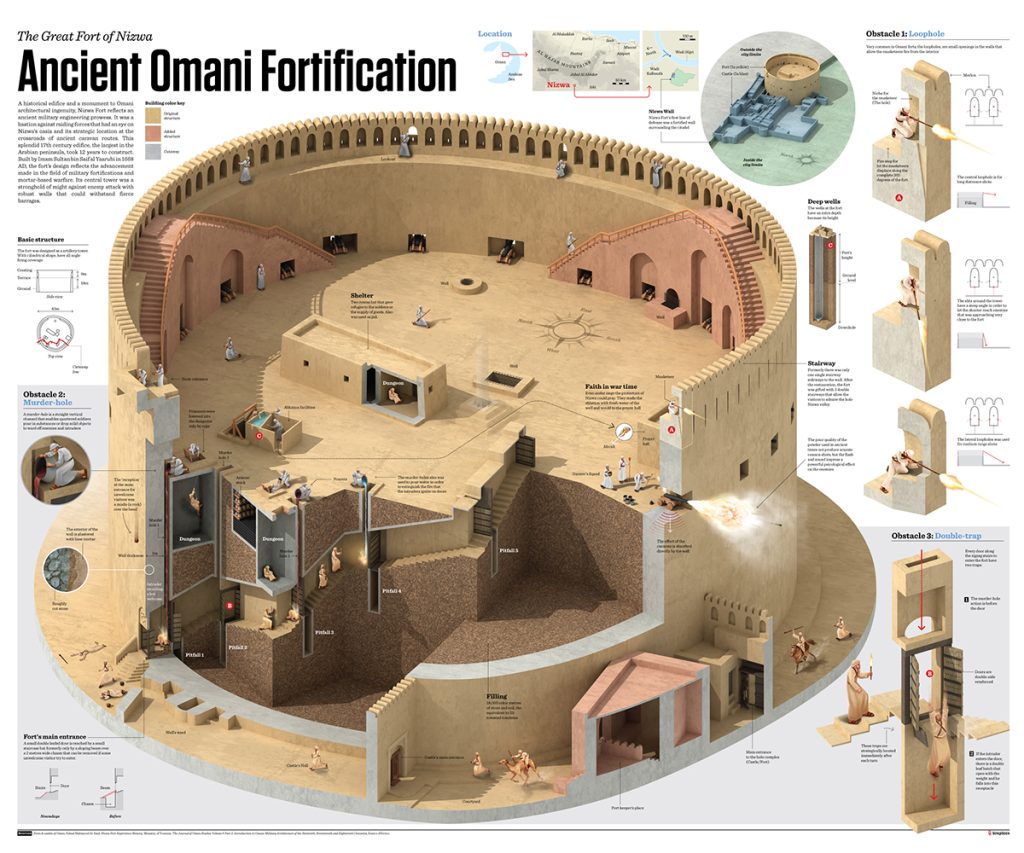
Connecting History and Nature
The combination of Nizwa’s historical treasures and Jebel Akhdar’s natural beauty makes for a unique and enriching experience. Together, they offer a deeper understanding of Oman’s heritage and its harmonious relationship with the environment.
Visitors can start their journey in Nizwa, immersing themselves in the town’s rich history and vibrant culture. From there, the short trip to Jebel Akhdar unveils a world of natural wonders, where ancient agricultural practices continue to thrive amid breathtaking landscapes.
Practical Tips for Travelers
Best Time to Visit: The ideal time to visit Nizwa and Jebel Akhdar is between October and April, when the weather is pleasant, and the mountain is at its greenest.
Getting There: Nizwa is approximately a two-hour drive from Muscat, Oman’s capital. Jebel Akhdar is a 45-minute drive from Nizwa, but a 4WD vehicle is mandatory for the ascent.
Accommodations: Nizwa offers a range of hotels and guesthouses, while Jebel Akhdar features luxurious resorts like Alila Jabal Akhdar and Anantara Al Jabal Al Akhdar Resort, known for their stunning views and exceptional amenities.
Respect Local Customs: Oman is a conservative country, so visitors should dress modestly and respect local traditions, especially when visiting mosques and interacting with locals.
Stay Hydrated: While the climate in Jebel Akhdar is cooler, it’s essential to carry water, especially when hiking.
Engage with Locals: Take the time to talk to local residents in both Nizwa and Jebel Akhdar. Their stories and insights can enrich your understanding of the region.
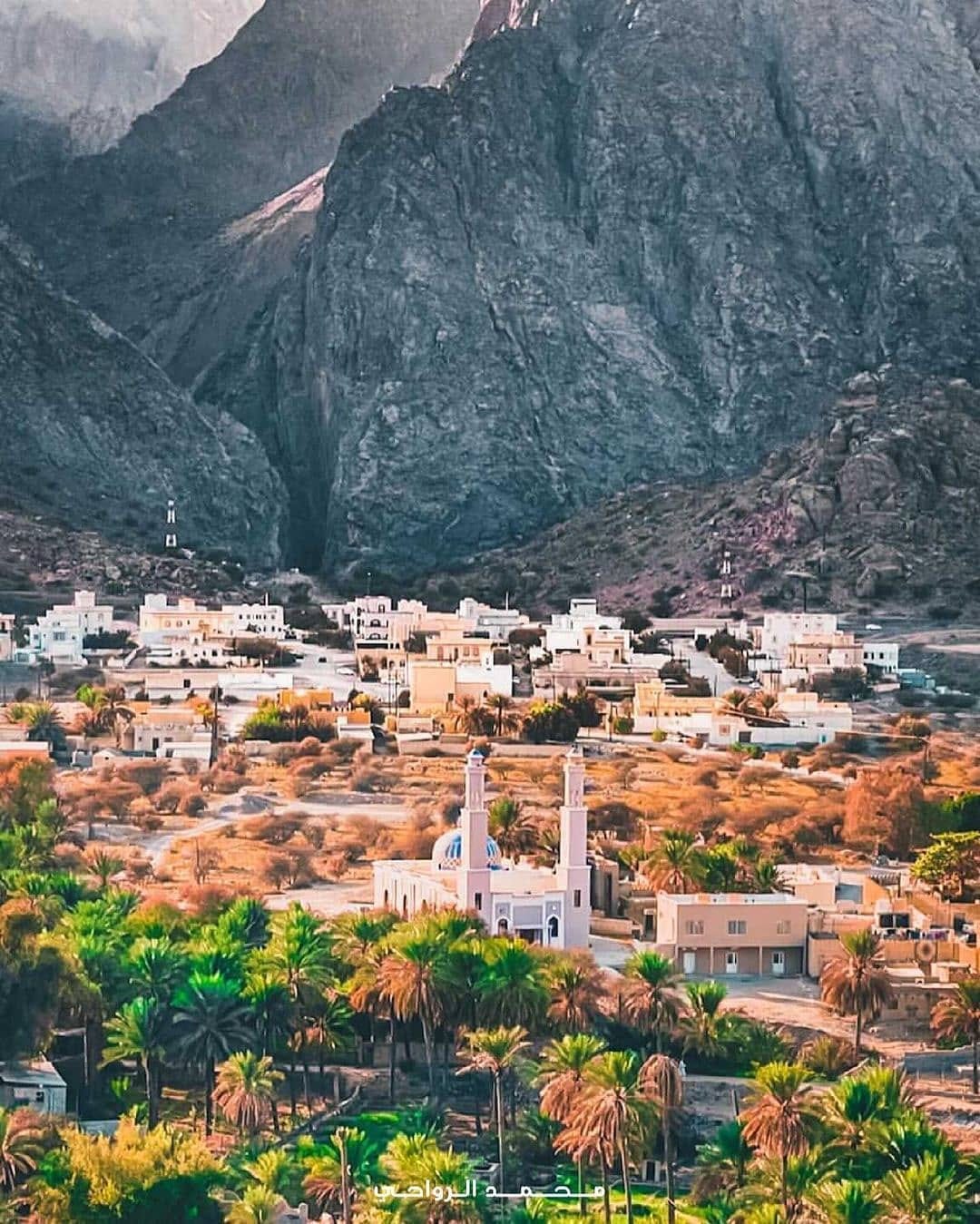
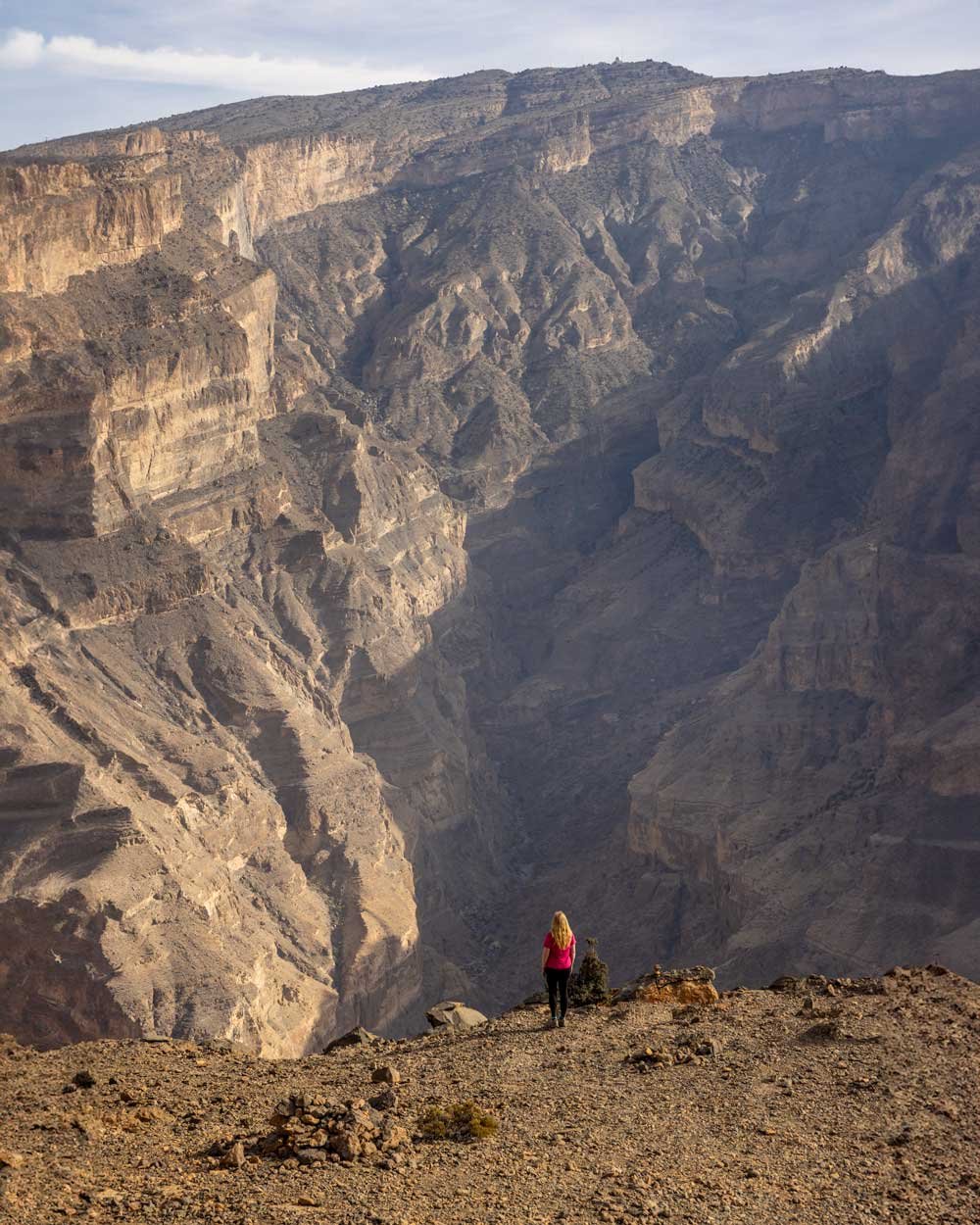
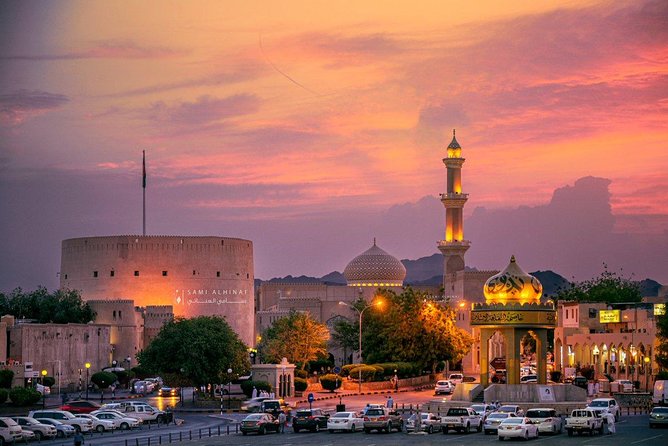
Conclusion
Nizwa and Jebel Akhdar exemplify the diversity and richness of Oman’s offerings. Nizwa’s historical landmarks and cultural vibrancy provide a window into the past, while Jebel Akhdar’s lush landscapes and cool climate showcase the country’s natural beauty. Together, they create a journey that is as enlightening as it is unforgettable. Whether you are a history buff, nature lover, or adventure seeker, these destinations promise an experience that will leave you captivated by the magic of Oman.
Book Adventure Tours Oman Discover, Jebel Akhdar and Nizwa from Pinkstone Travel, one of the reputed travel agents in Oman. We are known for our client servicing and competitive rates, which make us unique.

